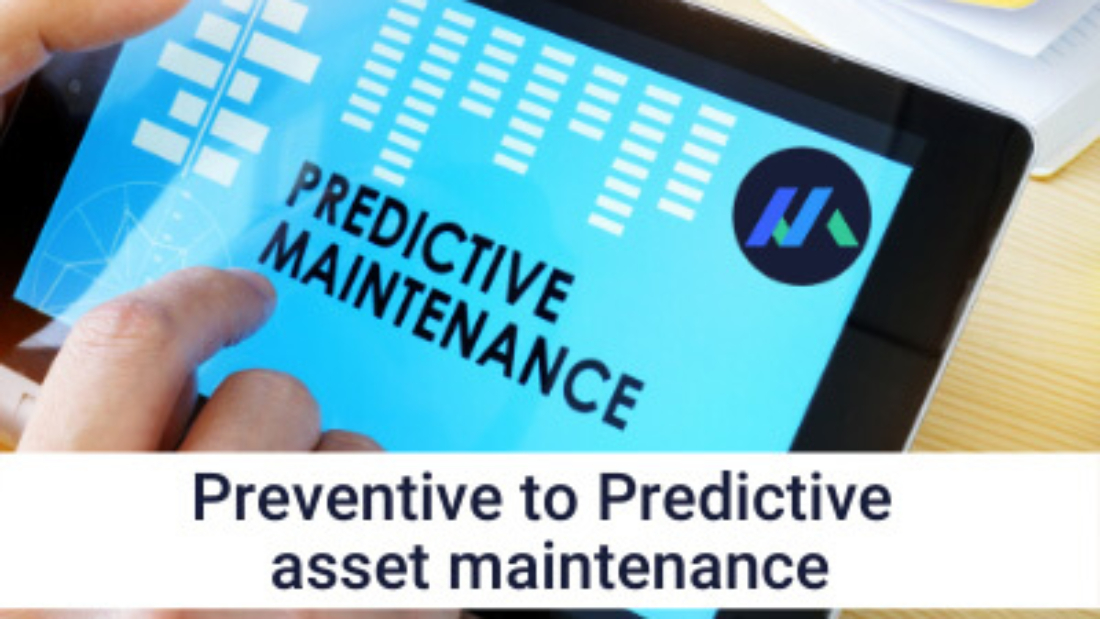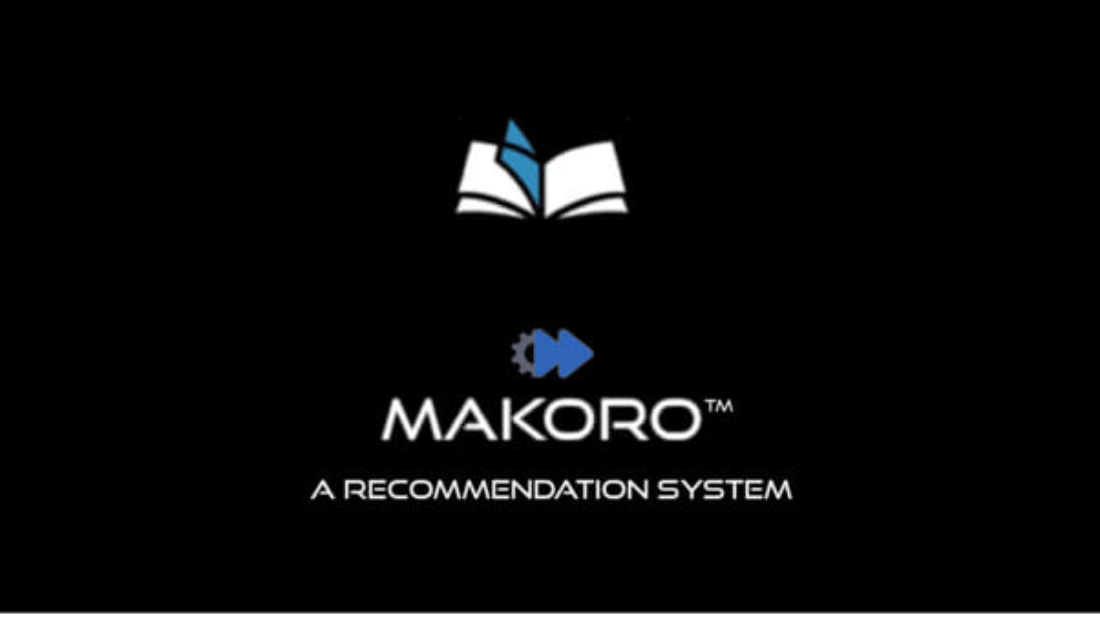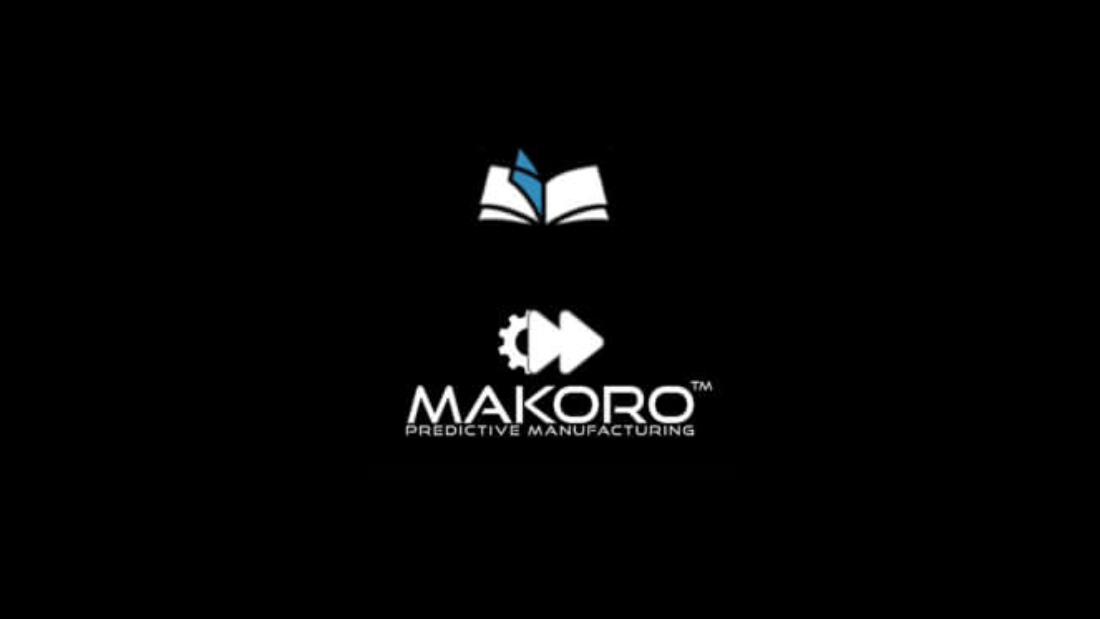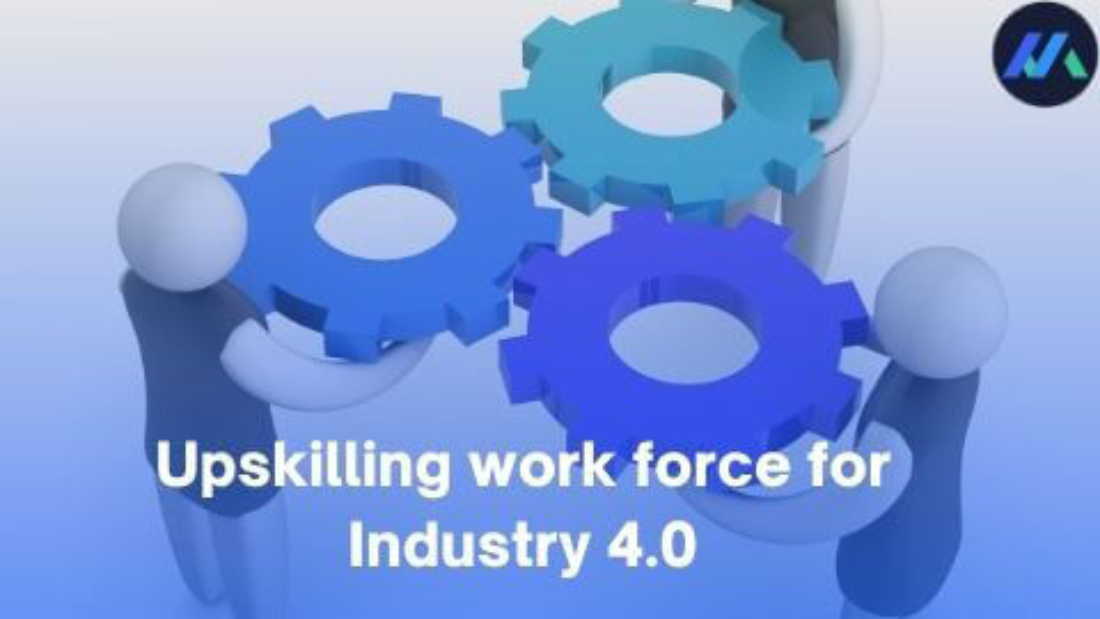Asset management entails deriving the highest #roi from assets. The right Infrastructure Asset Management solution significantly impacts the reliability and return on asset investment because it enables utilities to manage assets and derive value from them at a consistent pace. Risk and compliance are key themes in 2023 – failure to keep up with asset reliability and process compliance can have a significant financial impact on #utilities.
An agile approach delivers value along the way:
The process of incorporating digital tools to support business functions and bringing the organization’s data into play is referred to as digital transformation in the context of Asset Management. Utilities currently have access to a wealth of existing data. Gathering this data, extracting relevant features, and comparing performance, condition, and other factors yields new insights and improve utilities’ ability to navigate the digital transformation.
The knowledge gained from making data available can be used to uncover trends and previously unknown potentials. This paves the way for more advanced analytics and accelerates digital transformation, allowing utilities to realize the full value of their assets, #workforce and embark on a journey of continuous improvement. An agile approach that focuses on incremental adoption is key to the success of asset management initiatives.
Aggregating data from all sources is important for accurate intelligence:
Following the #digitalrevolution of the last 30 years, utilities began to collect and refine their data. Most utilities now have data on almost all of their physical assets, but utilizing this information is impaired by two factors. For starters, an abundance of data can result in data overload, in which massive amounts of irregular data overwhelm any attempt to derive insights, and, relevant features are drowned out by an abundance of information. Another issue is the use of data in silos, which is common with utilities where data is isolated in different sources and formats and programs are unable to integrate and derive intelligence from disparate sources.
Impact-based approach is a critical success factor:
When we use Asset Performance Management in an impact-based approach, we consider not only the risk of asset failure but also the consequences of a possible failure. Consider a pipe failure in a wastewater network. The consequences of a pipe failure can vary greatly depending on the number and type of consumers served by this pipe (e.g., hospitals, sensitive industry), their proximity to ecologically vulnerable areas, and so on. Because the risk of major incidents is usually on par with economic considerations, an impact-based perspective provides a far better foundation for risk analysis and asset replacement and maintenance decisions.
Artificial Intelligence brings everything together:
Advances in Artificial Intelligence (AI) and Machine Learning (ML) are opening up new possibilities for utilities to gain additional insights from their data, such as estimating conditions in uninspected network pipes. Risk assessment and the balancing of operational and capital investments are critical for asset owners, as are core elements of a utility’s asset strategy. An asset strategy powered by AI uses data from all sources to create models necessary to bring assets, maintenance, and workforce together to deliver accurate recommendations on asset conditions and maintenance. But asset managers almost always have an initial “mistrust” of the #recommendations from machine-learning models because they are used to network pipe replacement either triggered by pipe age exceeding a certain number of years (time/schedule) or pipe failure (break). Using a system that learns from user interactions with the recommendations and driving continuous adoption of these recommendations by asset managers is a useful strategy to build “trust”.
Modern customers expect same-day delivery, personalized goods and services, and transparent delivery systems. However, distinguishing your company and remaining globally competitive necessitates a level of #agility and flexibility that traditional business models are incapable of providing.
Manufacturers can improve operational efficiency and deliver goods to customers more quickly by implementing strategies such as digital quality control, location monitoring, and automated material replenishment. Asset management, as we all know, is a systematic process of developing, operating, maintaining, upgrading, and disposing of assets in the most cost-effective way possible.
Makoro™, as a result, improves asset performance for manufacturers, owners, and operators by providing #contextual recommendations to maintenance personnel to assist them in performing asset maintenance in less time, with higher quality, and consistency. Because of improved product quality, this results in a longer mean time between failures, higher workforce satisfaction, and higher customer satisfaction. Makoro™ is a recommendation-driven asset performance platform that goes beyond data, reports, and dashboards.
Schedule a call to discuss your needs and how we can assist you. It only takes 15 minutes.









